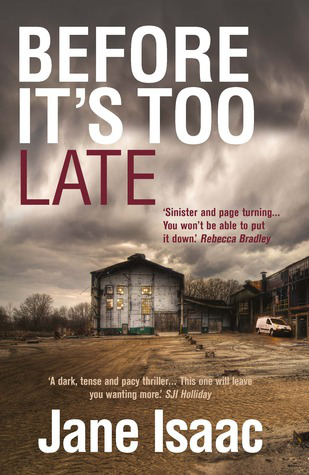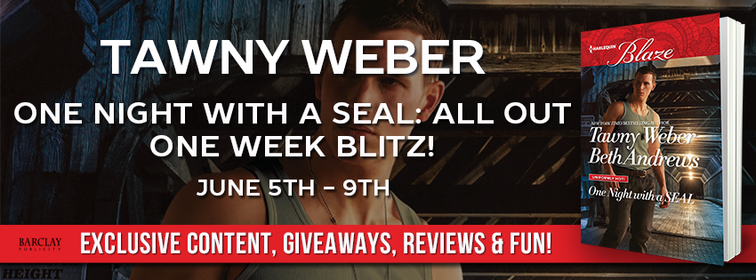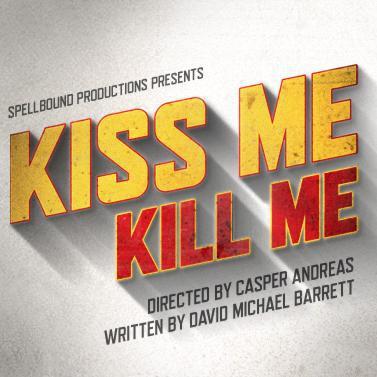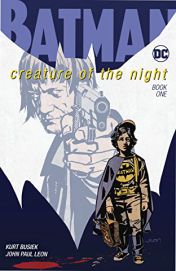
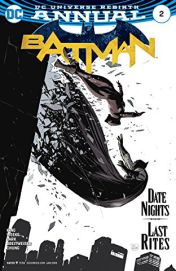

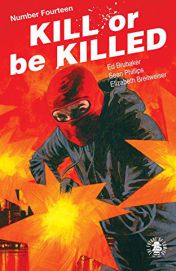
Batman: Creature of the Night #1
Bruce Wainwright wants to be Batman, and tragically, he gets what he wants. His wealthy parents are killed right in front of him, leaving him with only his uncle Al, money to buy him a boarding school education, and a case to solve. And a year later, with the police having made no progress, Bruce starts having dreams of a large, shadowy creature attacking criminals in the night. And those same criminals begin showing up, injured and ready to confess at the police station. And one night, the creature gets a lead on the man who killed Bruce’s parents.
Between the main series, Metal, White Knight, and now this, Batman is having a bit of a moment, and none of these books have been a let down. This one though, is the most distinct; a decidedly magical-realistic take on Batman in the vein of Busiek’s Superman: Secret Identity. Taking place in Boston in the late 60’s, Batman doesn’t exist in this comic, so it becomes necessary for Bruce to invent him.
Even in just its first issue, the book starts bringing up themes on how we, and children especially, use stories as a lens through which we interpret reality; and how we can quickly fall into the trap of narrating our own lives. Bruce tulpas Batman into existence because his nonexistence isn’t fair. His parents died in a tragic random act of malice, and that’s not correct. Ergo, Batman is.
For as deep as this issue gets into its protagonist’s head, most of it is narrated by uncle Al, who gives a more distant recollection of the story’s events. Letterer Todd Klein makes the decision to put Al’s narration in cursive; and I’m still undecided to whether or not the visual reference to Year One balances out the difficulty of reading Al’s boxes compared to standard comics text. Meanwhile, Bruce’s narration boxes are rendered in a thick blocky format that indicate either childishness or a sort of savagery as his mind becomes more and more like the Bat’s.
I very much like Jean Paul Leon’s illustrations, compositions, and inking. His locations; a police station, the Wainwrights’ brownstone, Boston alleys, Zoos, etc. are all intricately detailed and cluttered without being illegibly busy; and he’s amazing at drawing fear and sadness on people’s faces. However, I find his coloring a little bland. Everything is undersaturated, almost various shades and tints of off-white; except for the scenes of the Batman, where everything is turned up to highlight the magic intruding on this story’s realism.
Batman Annual #2
This issue shows us Batman and Catwoman’s first flirtations…and their last. It all begins one night, early in Batman’s career, when Catwoman sneaks into the Batcave to steal the Batmobile.
This is a sweet, sentimental issue from King and artists Lee Weeks (who also worked on the Elmer Fudd issue), and Michael Lark; and colorists Elizabeth Breitweiser and June Chung. Weeks and Lark illustrate in an aged style, especially in the character designs Weeks uses in the earlier parts of the issue, that gives this story a timeless feeling. Regardless of whether you read this issue this year, next year, or twenty years from now, it will always take place at the beginning of Batman’s career in the same way that Year One does.
The ending, like all endings of Batman’s story, is just one of many among futures where Batman starts endlessly cloning himself, or Damian or Terry McGuinness take up the mantle; and it feels just as definitive for King’s Batman as the other endings feel for those interpretations of the character. King – the big softy – lets Batman and Catwoman be happy in at the end, even if he has to borrow a page from John Wick of all things to seal the deal.
Moon Knight #189
A new villain, a telepath calling himself “The Truth”, is inspiring people to commit acts of mass suicide by filling their heads with nihilistic fatalism. Moon Knight investigates, and luckily for him, his head is already full. Meanwhile, the new avatar of Ra looks for allies in taking down Khonshu.
Unlike last issue, this one puts Marc Spector front and center, and gets into his head via Khonshu’s narration of events. Marc, for the first time in a while, is happy; having found a balance between his multiple personalities. He’s productive as Steven Grant, wealthy and serially charitable money-man; and an effective avenger of the night as Moon Knight. Even the psychopathic Jake Lockley has a role to play in Spector’s life.
This issue acts as a reintroduction of Moon Knight for this run in the same way that last issue introduced this arc’s new villain; and in many ways, Bemis and Burrows are hewing closer to Batman than Moon Knight has in a while – especially with this issue’s focus on wealthy Steven Grant and Moon Knight’s stalking through shadows.
Kill Or Be Killed #14
Dylan reveals that shooting up the Russian mob warehouse and causing a scene was just the first of a multi-part plan. A plan that goes swimmingly until step three is interrupted by his roommate, Mason, who tells Dylan that he doesn’t want Kira – his ex – hanging out at the apartment. Dylan calls Mason out on his hypocrisy, as he would have Kira over when they were dating despite knowing Dylan had feelings for her, and slams the door on Mason’s face. Then he proceeds with his plan, breaking into the mob-boss’ now loosely guarded home, and cutting off the head of the snake trying to eat him. But that’s not the ending to this story.
The closing issue to this arc succeeds by doing two things. The first is showing Dylan’s plan finally coming to fruition, everything going just as he wanted in a truly satisfying sequence of events. The second is throwing in just enough wrenches into things to keep Dylan from being as satisfied as the reader, wrenches that have been set up over the entire arc. Dylan succeeds, but it’s not enough; he’s tasted blood and he likes it. And the hole that his father dug for him goes deeper than he could’ve expected.
And, as always, I’m tickled by Phillips’ dedication to drawing New York City exactly as it is in real life, to where I can recognize specific blocks and subway entrances.
Advertisements Share this: